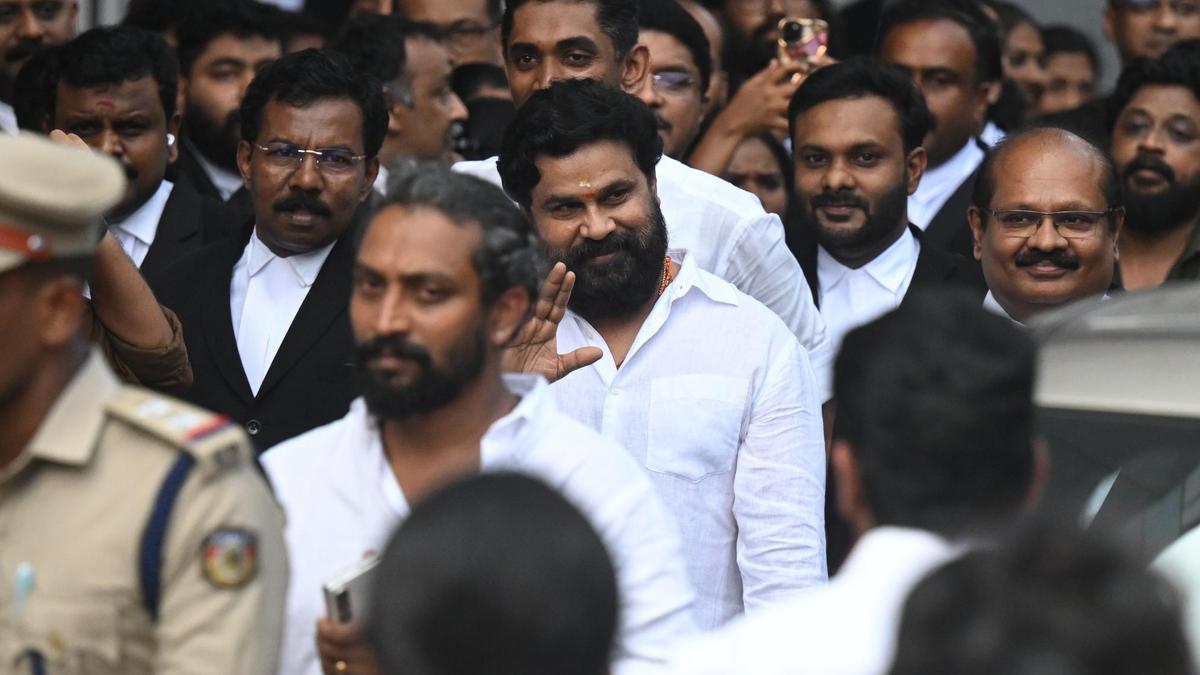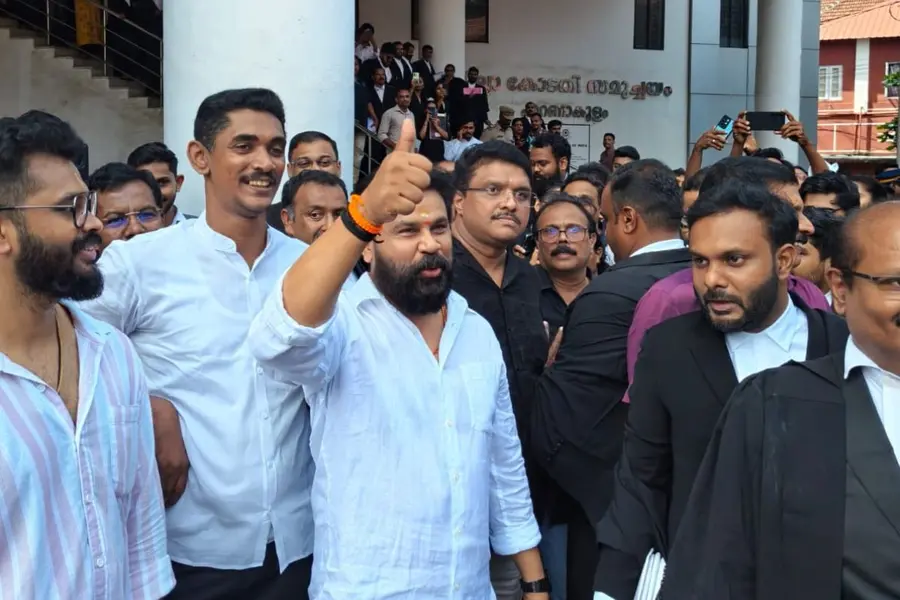On April 22nd, 26 men, all civilian tourists were shot down and killed in the Baisaran meadow of Pahalgam in what was later called as “deadliest terror attack on civilians” since the 26/11 Mumbai attacks. While many condemned the violence and some vowed revenge, the nation witnessed alarming increase in the number of hate crimes committed against Kashmiris and Muslims throughout the country.
The day after the attack, on 23rd April, a Muslim man, Gulfam, was shot in Agra while he was on his way back home from his hotel. According to the Police, the murder was a result of a previous financial dispute and was not linked to the Pahalgam attack. However, a video surfaced where two men, claiming to be associated with the Kshatriya Gau Raksha Dal proclaims that the murder was committed in retaliation to the Pahalgam attacks.
One of them, Manoj Chaudhary, is heard saying, “I swear by Bharat Mata, if we don’t avenge the 26 deaths with 2,600, I am not her son.” The Police denies this allegation and has charged Chaudhary for “committing deliberate and malicious acts intended to outrage religious feelings.” Communally motivated or not, this was the beginning of a spate of hate crimes against Kashmiris and Muslims throughout India for retaliation and revenge for the terror attacks in Pahalgam.
Four days after the murder of Gulfam, on 27th April, Ashraf, a Muslim man was beaten to death in Mangalore during a cricket match. The initial reports suggested that he has raised the ‘Pakistan Zindabad’ slogan which led to the altercation. This claim, endorsed by the State’s Home Minister too, was later revealed as false and fabricated.
Nine days after this, on 8th May, Abdul Kalam, another Muslim man in Jharkand’s Bokaro was lynched, accusing him of molesting a tribal girl.
Even though the relation of these crimes with the Pahalgam incident have been contested by many, there is no denying the communal angle of these brutalities where Muslims have been targeted without opposition to satisfy the bloodlust for a crime they didn’t commit.
What the Numbers Show
Retaliatory and reactionary crimes have been happening against Muslims in India – from the Gujarat genocide till the hate crimes against Pahalgam, Muslim blood has been spilt in fighting an unknown ghost. While an organised ethnic cleansing was inflicted upon Muslims after the burning of the train in Godhra, there has been multiple cases of targeted attacks, boycotts, hate speeches and assaults against Muslims throughout the country in the days following the terror attack in Pahalgam. Association for the Protection of Civil Rights (APCR), an independent civil body has documented such 184 incidents in their recently released report, suggesting that there has been a surge in the hate crimes against Muslims during the post-Pahalgam period. From the hate crimes documented between 22nd April and 8th May, the two weeks following the Pahalgam attack, a total number 106 hate crimes were a direct response to the incident, affecting a minimum of 316 individuals.
Hate speeches account for the largest composition of hate crimes – a starking number of 84 hate speeches were delivered between 22nd April and 8th May. In another report by India Hate Lab (IHL), the number of hate speeches between April 22nd and May 2nd is 64. This includes speeches made by the current Chief Minister of Uttarakhand, Pushkar Singh Dhami and the far-right Hindu priest, Yati Narshinghanand. While certain speeches repeated the overused anti-Muslim rhetoric of love jihad and land jihad, certain others evoked Pahalgam to incite hatred. For instance, the speech delivered by BJP’s Ramesh Bhiduri in Delhi called for an ‘Israel-like’ revenge for Pahalgam. Ramesh Bhuiduri has been a serial offender, infamous for making communal slurs against the Samajwadi MP Danish Ali in the parliament. Another Muslim MLA from Madhya Pradesh, Arif Masood, received death threats from BJP workers after the Pahalgam attack. A BJP leader, Krishna Gharge also called him a ‘thief’ and a ‘dog’. “We will kill them here“, Gharge was heard speaking at a rally in Bhopal, as reported by Times of India.

Kashmiri students were attacked in states including Himachal Pradesh, Punjab, Haryana and Uttarakhand. Kashmiri students were thrown out of their hostels, asked to vacate accommodations and were met with death threats from various Hindutva fringe groups. In Uttar Pradesh’s Prayagraj, Kashmiri students and workers were asked to vacate their rented homes immediately. In Universal Group of Institutions in Chandigarh, Kashmiri students were attacked in the college premises. According to the report by APCR, there were 26 reported attacks against kashmiris including 15 against Kashmiri students and five against Kashmiri traders or vendors. In fact, all the hate crimes reported from Chandigarh were against Kashmiris.
The Pattern
The format of these hateful acts are nothing new – they have been established and has been a constant occurrence at regular events of communal nature. The attack in Pahalgam and the religious profiling behind it was used as an excuse to inflict more terror on Muslims. On 23rd April, a day after the attack, two Kashmiri shawl sellers were assaulted by a group of men. In a video that surfaced, they are being brutally thrashed while the attackers ask them for their ID proofs. One of the attackers also point out that Jammu & Kashmir has been written in the Aadhar Card, proceeding to thrash him more. Following this, sixteen shawl sellers who has been selling shawls in Mussoorie during summers, some of them for almost 18 years, left the city.
This event is a stark reminder of the forced evacuation of Muslim shopkeepers in Purola, after an alleged kidnapping of a Hindu girl. Hundreds of people had to leave the town after VHP and Bajrang Dal issued stickers in retaliation of what is cited as an act of “love jihad”.
![Supporters of the Akhil Bharatiya Vidhyarthi Parishad, a student organisation aligned with India's governing Bharatiya Janata Party, burn an effigy of terrorism and shout slogans against Pakistan after the killing of tourists by gunmen in Pahalgam, Indian-administered Kashmir, in Ahmedabad, India, Thursday, April 24, 2025 [Ajit Solanki/AP Photo]](https://feminisminindia.com/wp-content/uploads/2025/05/AP25114283153895-1745878804.webp)
Similarly, in the post-Pahalgam episode, forceful evacuation of Muslim properties took place. This evacuation was not limited to Muslim shops and businesses – 10 houses of suspected terrorists were demolished in South Kashmir, an act of collective punishment that the state has enforced. In Gujarat, almost 7000 properties, most of them Muslim homes was razed down near Chandola Lake in Ahmedabad by the Municipal Corporation on April 29th, accusing them of being illegal Bangladeshi immigrants. In Dehradun, Lalit Sharma, the Hindu Raksha Dal leader, posted a video threatening the Kashmiri Muslim students to “leave the state by 10am (the next day).”
Us vs Them
The religious profiling which took place during the Pahalgam incident was a free pass for systematic Muslim boycott – leaders gave out explicit and dangerous calls for Muslim boycott. Maharashtra Minister Nitesh Rane, who was ranked among the political figures who gave highest number of hate speeches last year, proclaimed that “Hindus should ask religion before buying anything” in a rally in Ratnagiri. In West Bengal’s Maheshtala, a Muslim pregnant woman was denied treatment by the gynecologist who, according to a Facebook post by the woman’s relative told her that, “after the Kashmir incident, I’m not going to see any Muslim patients.” These violent instances of demarcation and discrimination has also translate into spatial divisions on the basis of religion. For instance, four villages in Mulshi in Maharashtra displayed boards barring non-local Muslims from praying in the mosques.
Media in Times of War
“Kashmir needs an Israel-like solution!”
“Hindu massacre in Pahalgam!”
“Indians should collectively boycott Kashmir!”
These are some of the tweets that were shared after the attack in Pahalgam. While X (previously Twitter) was flooded with such calls, the mainstream media provided ambient support to this whistleblowing by refusing to report on the solidarity that emerged and through consistent warmongering and jingoism. Prime time news debates became platforms of open threat, calls for violence and stages of apathy and caution.
Chitra Tripathi, ABP News anchor was stopped in Lal Chowk with slogans of “Godi media hai hai” by the crowd of local Kashmirs who had gathered to condemn the attack. They protested and questioned the anchor’s stance as she refused to question the government’s position.
While mainstream medias garnered TRP through hate mongering, several independent media houses were targeted. The X accounts of veteran journalists including Anuradha Bhasin and Peerzada Ashiq were taken down.
This episode is not an isolated one but part of a persistent pattern in which Kashmiris and Muslims are scapegoated in times of national tragedy. From violent assaults and forced evacuations to hate speeches and institutional apathy, the post-Pahalgam moment became a litmus test for India’s moral and democratic fabric—and one that continues to be failed.
About the author(s)
Hajara Najeeb is an Independent Researcher working on issues of Minority Rights and Affairs, Gender, and Politics.





